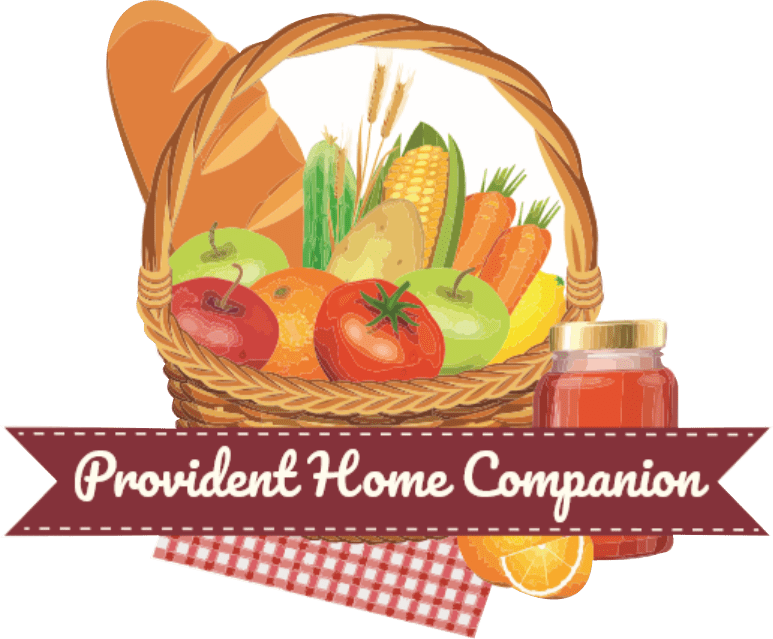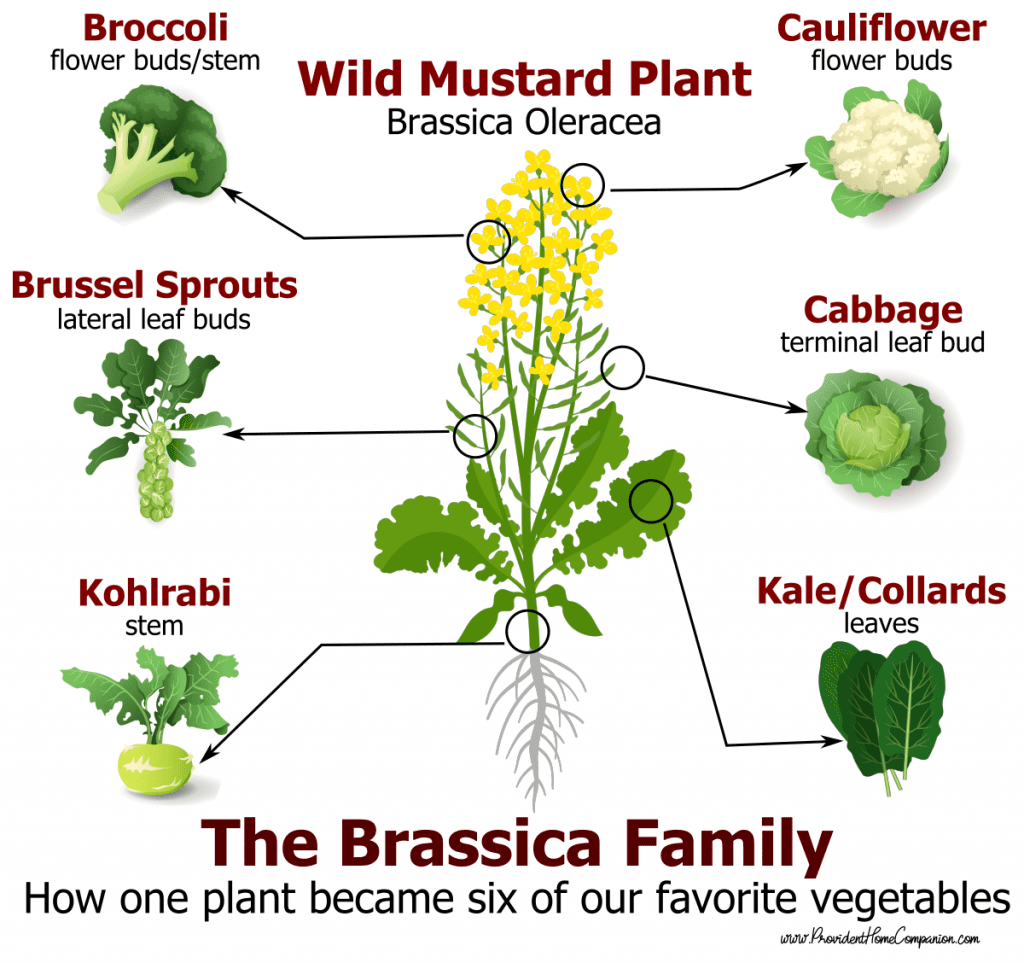

After you've planted your peas, spinach and onions, (mydakotan.com/2022/04/the-early-spring-garden/) it's time to start planting brassicas. “Wait! What,” you may ask “what on earth is a brassica?”
Brassicas are a family of plants that are known for being cold-hardy and high in nutrition. They are also called cruciferous plants. That’s because when they first sprout, their first two leaves (the cotyledons or seed leaves) are lobed so the seedling looks a bit like a four-leafed clover or a rounded cross. Brassicas include some of our favorite vegetables:
All these plants are descendants of the Wild Mustard plant (brassica oleracea), which means that their care and nurture is pretty similar for all the cousins in this plant family. They all like cool weather. They are heavy feeders, so be generous with the compost. Their thick, sturdy roots like lots of room in the garden, so no cramping! And they all develop a sweeter taste after going through a frosty night or two.

A powerhouse of nutrition
Brassicas are part of the “green leafy vegetables” family of foods that doctors and health nuts are always telling you that you should eat plenty of. That’s because they are rich in vitamin A and C and minerals like selenium, calcium, and potassium. They help ensure a healthy heart and eyes. Studies show they may even help prevent strokes and cancer.
Easy to grow, long-storing and versatile
Since they are cold-hardy, brassicas are one of the first things to go into the garden and the last thing to come out. You can plant them out into your garden a full three weeks before your last frost date. And they will continue growing into the fall throughout October and even into November.
They are about the easiest crop to grow. Of course, you can buy cabbage and broccoli plants already started at the garden center. But why would you when you can so easily start them from seed? They are one of the quickest to germinate–usually in less than a week. I get about a 90% germination rate from the seed and about 90% of those make it to full grown plant. I don’t get that kind of success rate with many other plants.
Not only are they sturdy and easy to grow, the vegetables they produce will also store a long time after harvest. Brussel sprouts, cabbage and kohlrabi will store for weeks in a cool basement, garage, or refrigerator. Broccoli is easy to freeze. Cabbage is super easy to preserve as sauerkraut.
A challenge for you
I challenge you to try a new brassica variety this year. Brussel sprouts have an undeserved bad rap as a nasty vegetable, but that's because the Brussel sprouts you buy in the store are grown in California and have never been through a frost. Grow a couple Brussel sprouts plants but don't pick them until they've sweetened up a bit after two or three frosty nights. You may be surprised how much you like them
I was never a fan of kohlrabi until my husband's coworker gave us two giant (by giant, I mean hugely ginormous) kohlrabis. We were eating kohlrabi for weeks, and I gathered up all sort of tasty recipes using kohlrabi. (Note: Most kohlrabi needs to be picked when it's about the size of a large apple. I don't know how these two got so big without getting tough and woody. I don't recommend letting them grow too big.) Kohlrabi is a good long-storing plant, staying fresh and firm for as long as 6-8 weeks after harvest.
The Second Crop of Brassicas
Brassicas were just made for North Dakota gardeners. Need more proof? North Dakota farmers produce nearly 85% of all the canola produced in the U.S. Canola or rapeseed is another cousin in the brassica family. That tells you just how well these plants can grow in our climate.
So plant an early crop now and be ready to harvest most or all of it by mid-July to early-August. Then in early August, plant a few more brassica plants. They'll mature in 50-70 days, about the time that hard frosts start to settle in.
Most brassicas (with the exception of broccoli, which is a little more tender than its cousins) can tolerate temperatures as low as 27°. If the weatherman predicts a short-term cool down, followed by more warm weather, you can cover the plants with sheets or blankets at night. This will protect the plants to temps as low as 24°-25°. That means you could be harvesting broccoli and all its brassica cousins well into late October. These frost-kissed vegetables will be some of the tastiest you have ever had. I’m sure that you, too, will fall in love with the many vegetables in the brassica family.
**********************
Brassicas are a staple on our family's menu. I've compiled a few recipes that I hope you'll try.